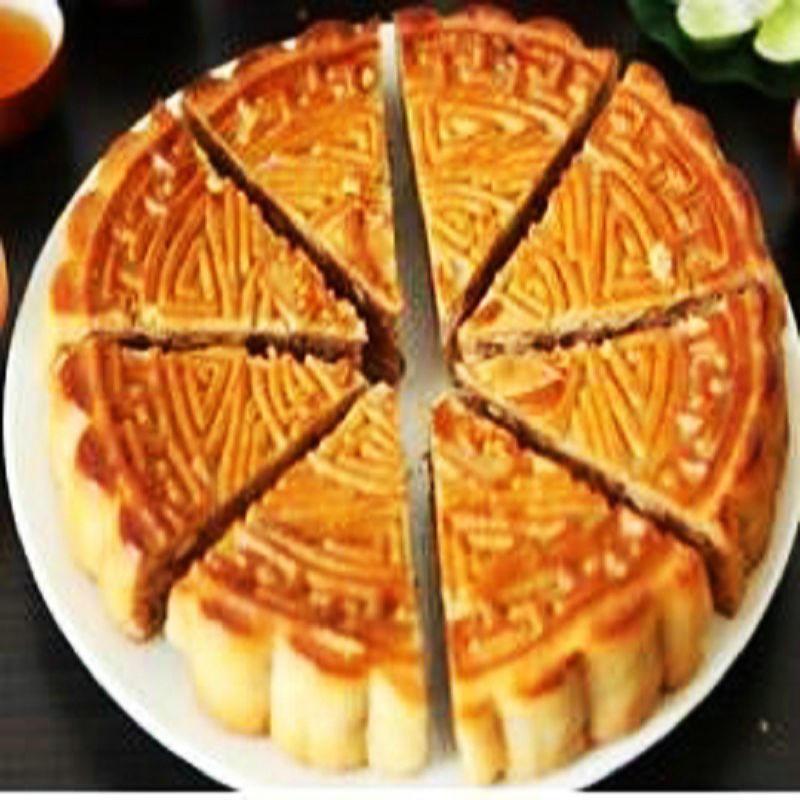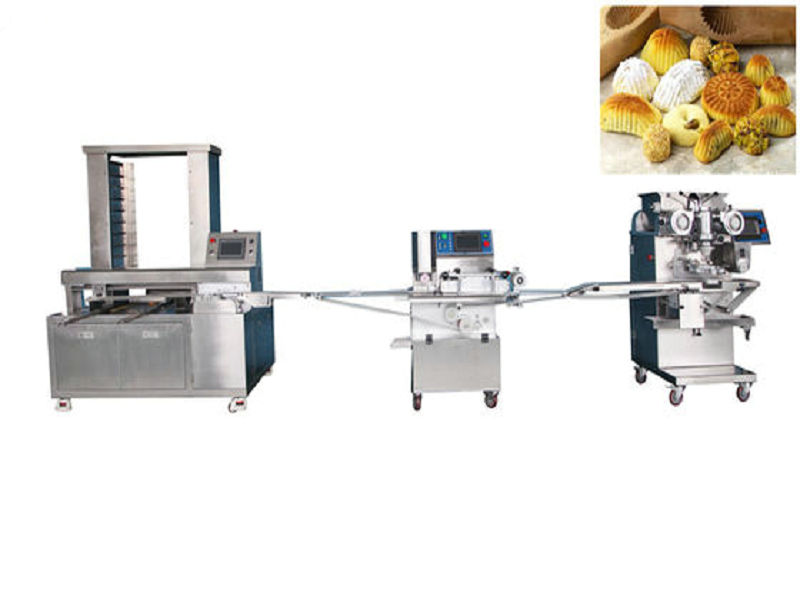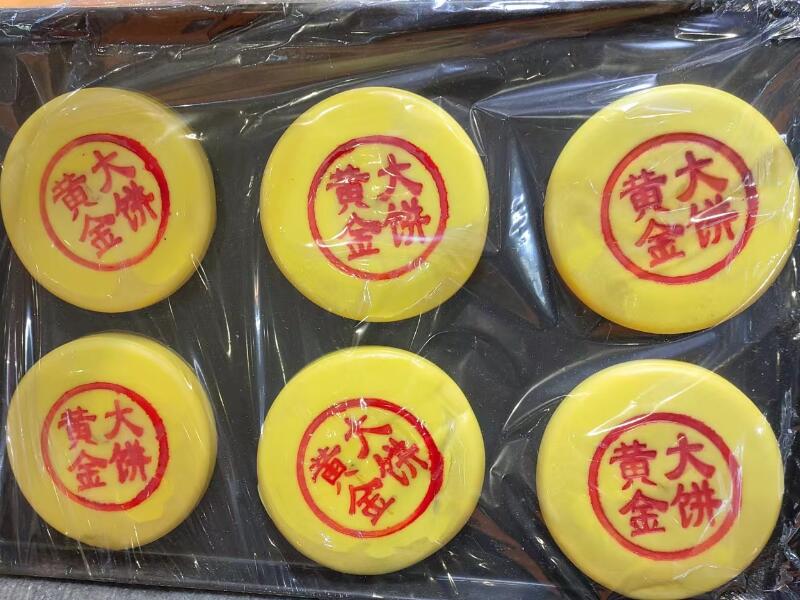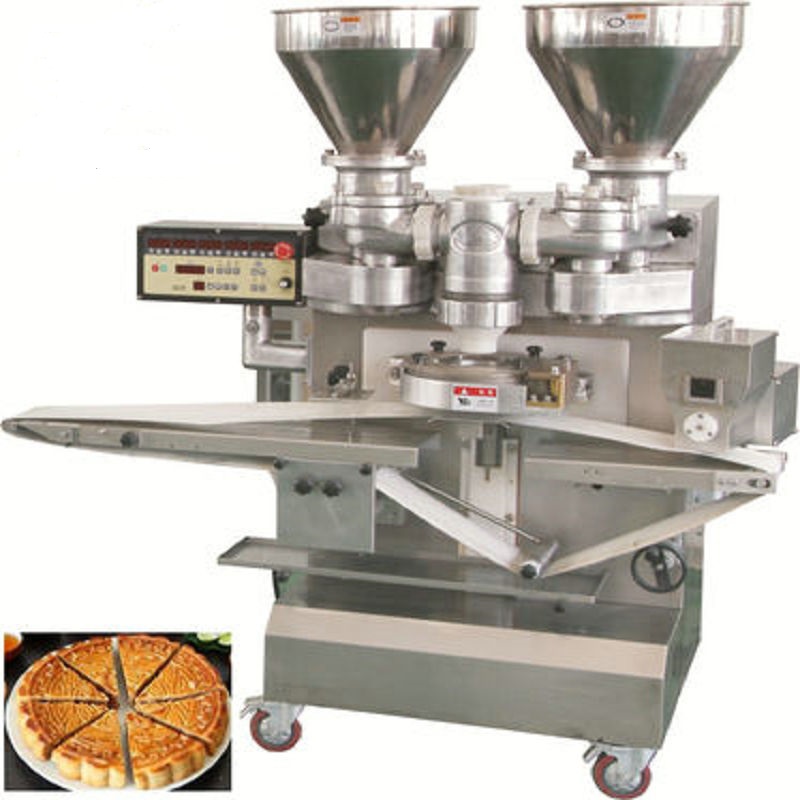
Chinese mooncakes are traditional pastries that hold significant cultural and historical importance Chinese cuisine. They are round or square pastries with a rich, sweet filling, and are typically consumed during the Mid-Autumn Festival, one of the most important festivals in Chinese culture.

The history of mooncakes can be traced back to ancient China, with references to their existence as early as the Tang Dynasty (618-907 AD)., the exact origin of mooncakes remains a subject of debate among historians.
One popular theory is that mooncakes were used as a communication tool during the rebellion against the Mongol rulers in the Yuan Dynasty (1271-1368 AD). Legend has it that the revolutionaries hid secret messages inside mooncakes to coordinate their uprising on the 15th day of the eighth lunar month, which is now known as the Mid-Autumn Festival. It is believed that the mooncakes were a symbol of unity and resistance against the Mongol rule.
Over the centuries, mooncakes have evolved in terms of flavors, fillings, and designs. Traditional mooncakes are made with a tender, flaky pastry skin encasing a variety of sweet fillings. The most common filling is lotus seed paste with salted egg yolk, symbolizing the full moon. Other popular fillings include red bean paste, black sesame paste, and mixed nuts.

In recent years, there have been innovations in mooncake flavors, catering to modern tastes. You can now find mooncakes with matcha, fruit, chocolate, and even ice cream fillings. Some mooncakes are also made with snow skin, which has a soft and mochi-like texture.

Mooncakes are not only enjoyed for their taste but also for the symbolism they carry. They are often gifted to family, friends, and business associates as a gesture of well wishes and blessings for unity, harmony, and prosperity. The act of sharing and eating mooncakes during the Mid-Autumn Festival is a cherished tradition that brings people together.

In conclusion, Chinese mooncakes have a rich history that spans centuries. They are not only delicious pastries but also a symbol of cultural unity and celebration. Whether enjoyed in their traditional form or with modern interpretations, mooncakes continue to play a significant role in Chinese festivals and culinary traditions.
 No. 361, Xinzhan Road, Xinqiao Town, Songjiang District, Shanghai
No. 361, Xinzhan Road, Xinqiao Town, Songjiang District, Shanghai Tel/WhatsApp : +86 -18955181220
Tel/WhatsApp : +86 -18955181220 Email : jack@hongxinpack.com.cn
Email : jack@hongxinpack.com.cn

